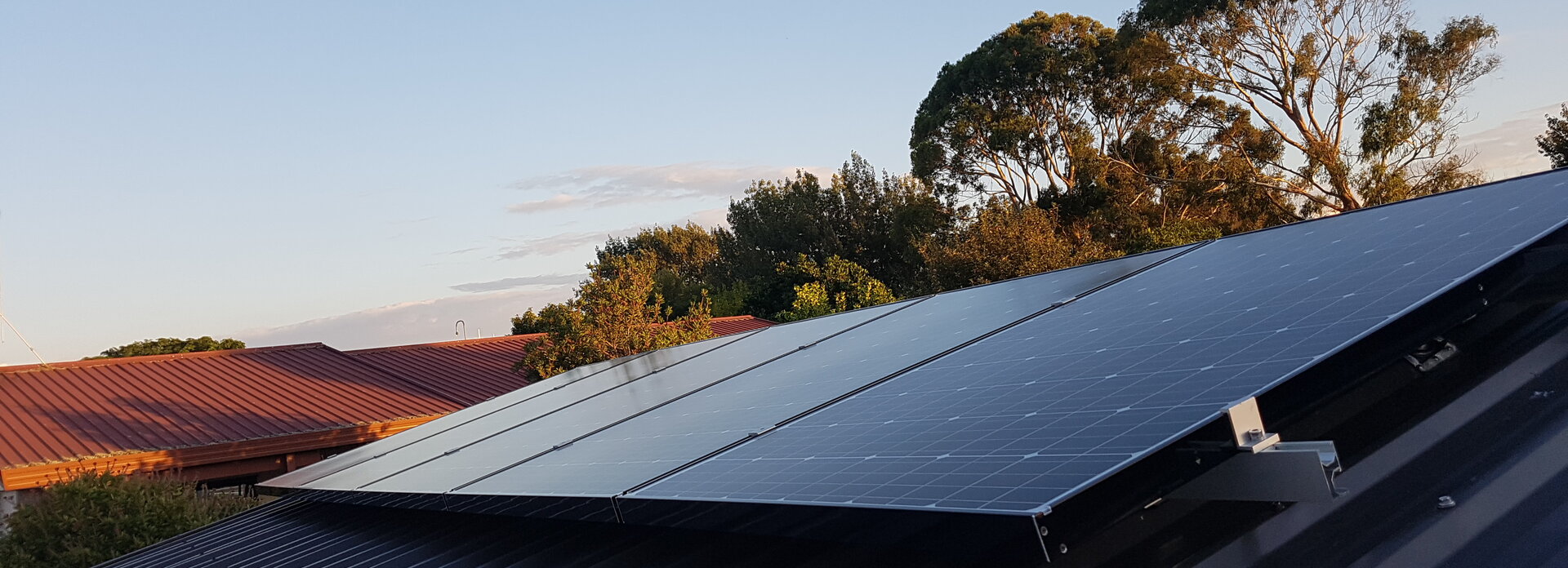Like bread and butter, black and white -- solar and storage are a perfect pair. Storage addresses a fundamental problem of solar energy: while solar production peaks during midday, energy consumption is highest in the morning and evening. With storage, you can save the energy you produce for when you need it most.
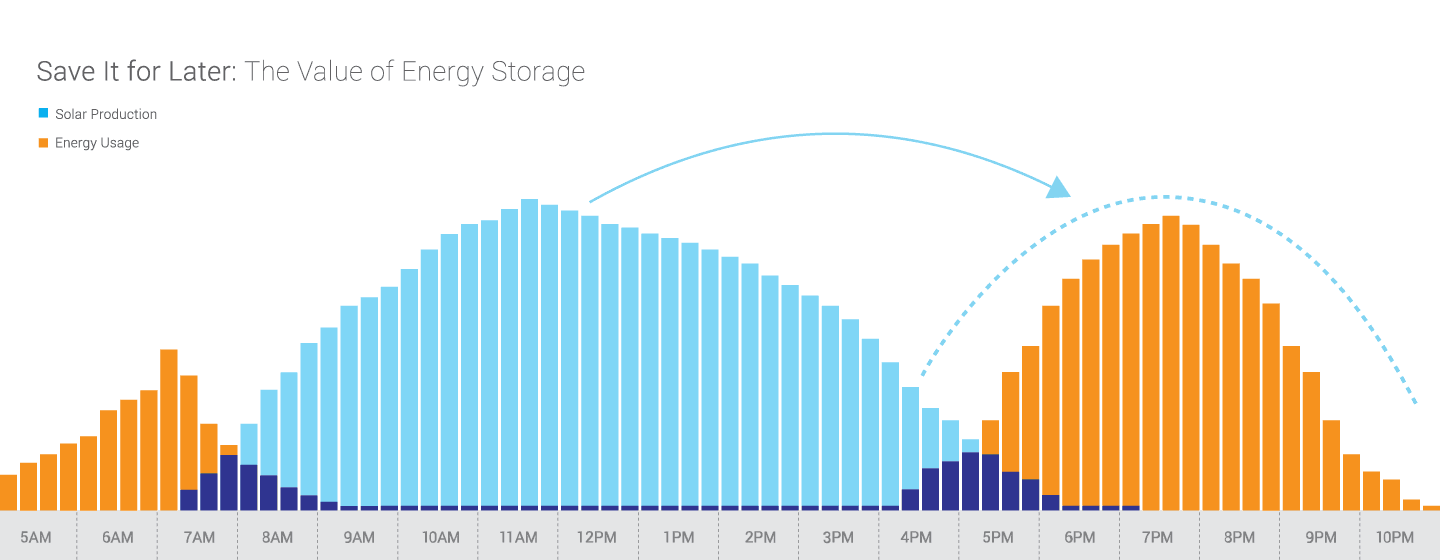
Chemistry advancements enable better batteries
Battery chemistry is progressing, allowing higher energy density in smaller, lighter batteries. The development of electric vehicles has helped propel battery chemistry forward, resulting in batteries that not only pack more power into a small space, but are also less expensive, safer, and longer-lasting.
Lower prices make batteries a good deal
Technology and chemistry improvements, along with increased production, have driven battery costs down. The price of lithium ion batteries dropped 90% between 1990 and 2005, and has continued to fall since.
Ways You Can Use A Battery
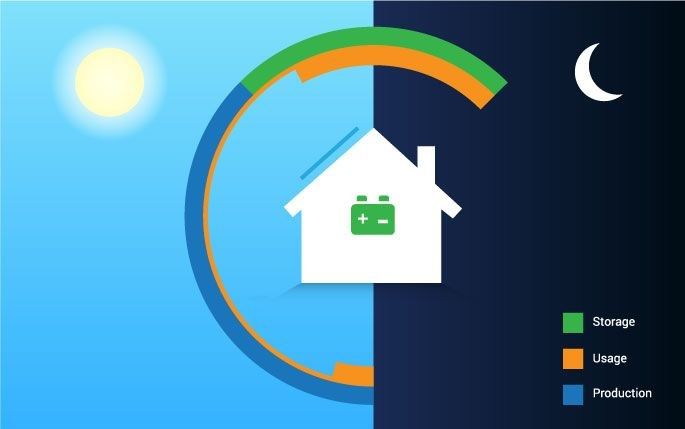
Self Consumption
With self-consumption, you store your excess solar power to use later. Think of it like recording a TV show on your DVR to watch when you want to.
Time of use optimisation
Time of use optimization refers to drawing energy from the grid when energy prices are at their lowest, such as late at night, and storing that power for use when energy is more expensive, such as in the morning.
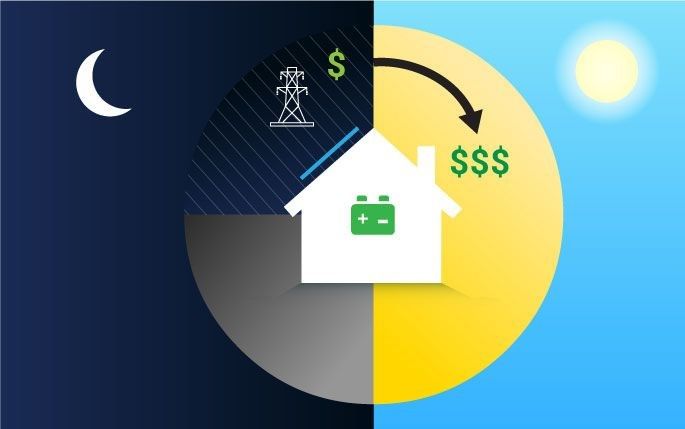
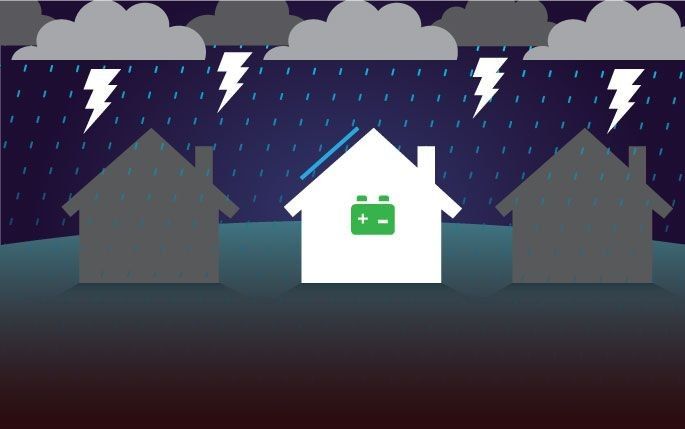
Backup
Backup storage is the method of storing power to use during a grid outage.
Off-grid
If your goal is to be off-grid, you use storage to be energy self-sufficient, without relying on the grid.

